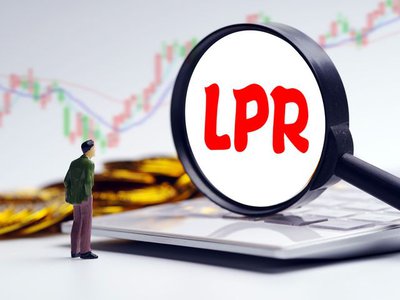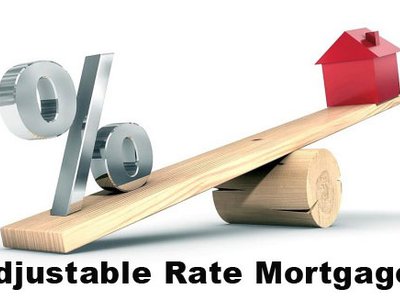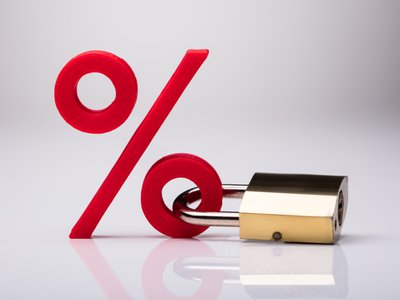A Cheap Payday Advance is often touted as not being so cheap. Critics are quick to point out that the interest rate on these paycheck advance loans sometimes top 400% APR. However, households are in need of a quick cash option and the more traditional substitutes for short-term lending are far more costly. Studies show that, compared to these other options, a Cheap Payday Advancemay be the most consumer-friendly loan product.
When savings are in short supply, a cash crunch can create a cascading avalanche of debt that will be felt for months. For many, a Cheap Payday Advance offers a hassle-free solution. Borrowers needn't have good credit. Usually, all lenders require is a paycheck and a checking account. Loans are approved almost instantly and, in many cases, cash is received the same day.
Fees for payday advances are around $15 per $100 dollars. Critics note that this equates to 390% APR. However, a cash advance is a short-term loan, and the APR would only be that high if it were extended for a year. Even if opponents keep ignoring the nature of the loan itself, cash advances are still a cheaper option for strapped households.
In the state of Georgia where payday loans have been banned, households are experiencing more credit problems than ever. Filings for chapter 7 bankruptcy have increased. Bounced check fees in Georgia also increased an additional $36 million. This means that depositors bounced $1.2 million more checks in the year following the ban that before.
What, exactly, do these bounced checks mean to the banks and credit unions who process them? Most Services is an economic research firm that has found that overdraft charges comprise 18% of a bank's income. For credit unions, overdraft fees comprise a 60% of total revenue.
These traditional financial institutions offer overdraft protection as a way for consumers to avoid overdrafts. Lenders say that overdraft protection saves their customers money.
The Woodstock Institute says that banks and credit unions charged an average 2400% APR on their overdraft protection. A nonprofit dedicated to the economic development of low-income and minority groups, the Woodstock Institute has found that overdraft protection offered by banks and credit unions is more costly in APR than payday loans.
Cheap Payday Advances have been vilified as legalized loan-sharking. It has also been suggested that traditional banks and credit unions do not offer payday loans because such loans prey on consumers. The numbers tell a different story.
Sheila Blair, chairman of the board for the FDIC, suggested in a speech that banks make too much money on overdraft fees to offer payday advances. Such advances would cut into banking profits.
It seems to be true that banning payday loans profits credit unions and banks. In North Carolina, the same credit union that advocated the ban on Cheap Payday Advances also profited in the first year of their ban. Self-Help Credit Union increased its assets by over $150 million. Remember that credit unions make most of their revenue from overdraft fees.
While any kind of financial emergency is best avoided with a sound savings plan, a payday loan is the lending solution that offers the most help to the people who need it the most. Banks and credit unions, on the other hand, that claim to be on the side of the consumer actually make a large portion of their revenue from overdraft fees. The real numbers tell the real story: cash advances save consumers money when used as an alternative to overdraft protection.






